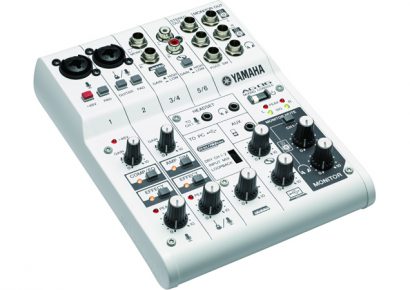FLYING BLIND
I decided, ‘being a man’, to just wing it with the TouchMix-16 and see how far I could get without needing to look at any form of manual. This would put to test the design of the system. There is nothing worse than getting in front of a new digital console and having to scratch your head when you realise the minimum requirements for operating the system are at least three years of tertiary study and a pocket full of cheat notes. Fortunately, this wasn’t the case with the TouchMix. It’s very well laid out and completely approachable to anyone that’s used to working with mostly analogue consoles. Inputs and outputs are all where they should be. The transport controls are pretty obvious too. It all comes down to working with the touch screen that is also laid out in an intuitive manner.
FAST RESULTS
This is what you should expect from a digital mixing console. It should be quick and easy to operate and this process should also be improved upon consecutive uses. For use as a basic line mixer, just about anyone could operate this unit without the need to reference the manual, and once you get into the guts of it, it is still pretty straightforward. This is not to say it lacks in features. You get gate, compression, high-pass filter and a 4-bandEQ on every input channel to start with, so it is easy to get the sound somewhere near where you want it without getting too technical.
With 16 XLR inputs on the top panel as well as a pair of stereo inputs, this will cater for a large range of applications. On the rear panel, along with the master output, you get 6 auxiliary sends, all on XLR connections. I love this, it makes running individual fold back sends to powered speakers so easy. Plus, there are two more stereo auxiliary sends on TRS connections on the top panel. This unit has pretty much everything most bands will ever need to operate their own PA system. It’s a big two thumbs up from me.

